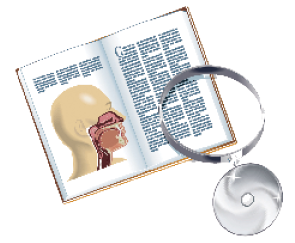 Background
Background
Polysomnography (PSG) has been recommended by the American Academy of Pediatrics as the gold standard for the diagnosis of obstructive sleep apnea (OSA) versus mild sleep disordered breathing (SDB) prior to tonsillectomy and adenoidectomy (T+A) in children. Mild SDB includes primary snoring and upper airway resistance syndrome. Controversy exists regarding the accuracy of history and physical exam (H+P) alone in children for the diagnosis of OSA versus mild SDB prior to T+A. Thus, PSG has been recommended to confirm the diagnosis. However, controversy also exists regarding the value of PSG in children, because different sleep centers use different equipment and different criteria for defining positive studies for OSA. This variability in PSG studies often makes it difficult to clearly interpret PSG results.
Explore This Issue
November 2012Best Practice
For otherwise healthy children with a history consistent with nighttime snoring; restlessness; daytime symptoms, including somnolence, behavioral changes and poor cognitive performance; and a physical exam consistent with adenotonsillar hypertrophy, with or without witnessed apnea, it is reasonable to proceed with T+A without prior PSG. Preoperative PSG is needed when the child has medical comorbidities, age <3 years, or small tonsils and adenoids, and the physical findings do not correlate with the degree of airway obstruction. Read the full article in The Laryngoscope.
Leave a Reply